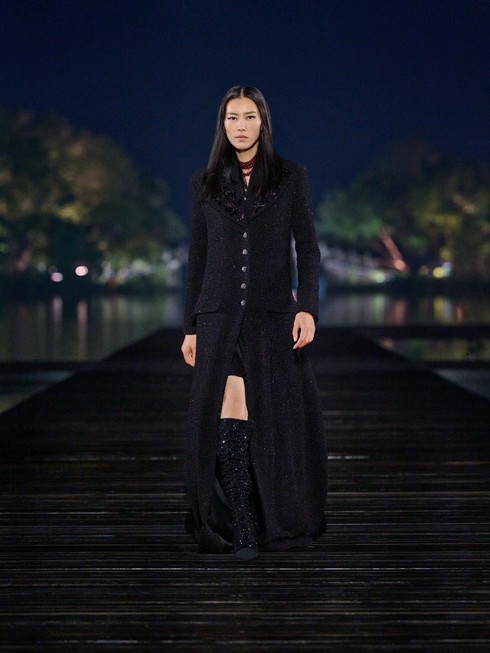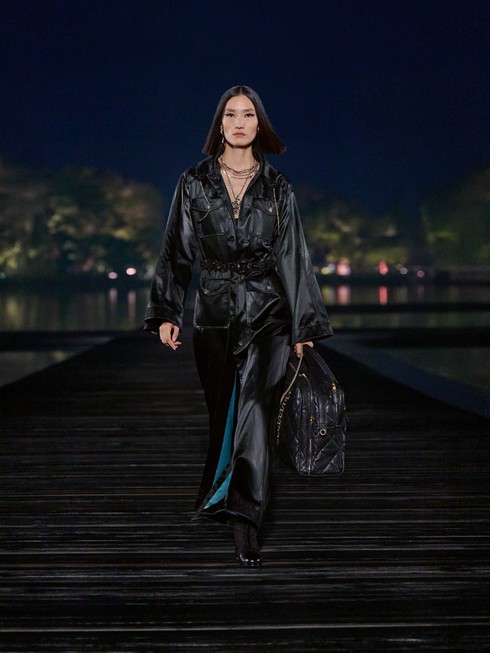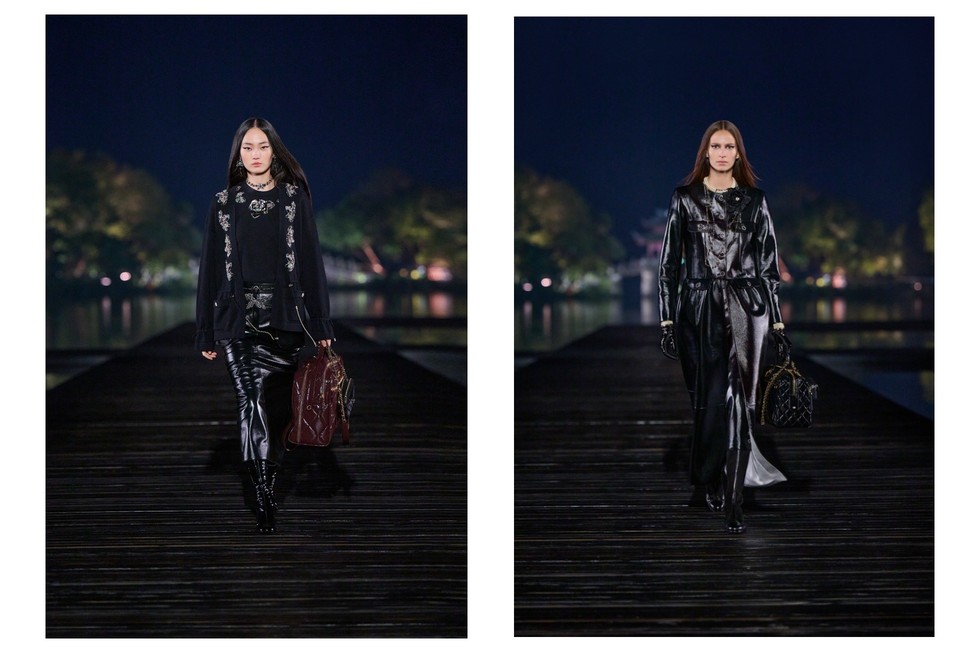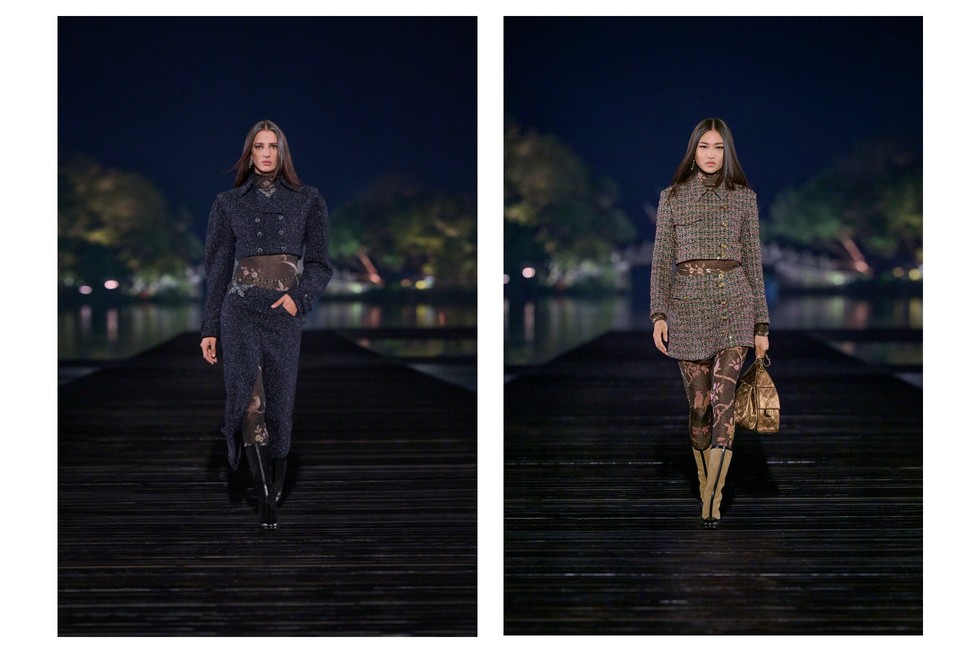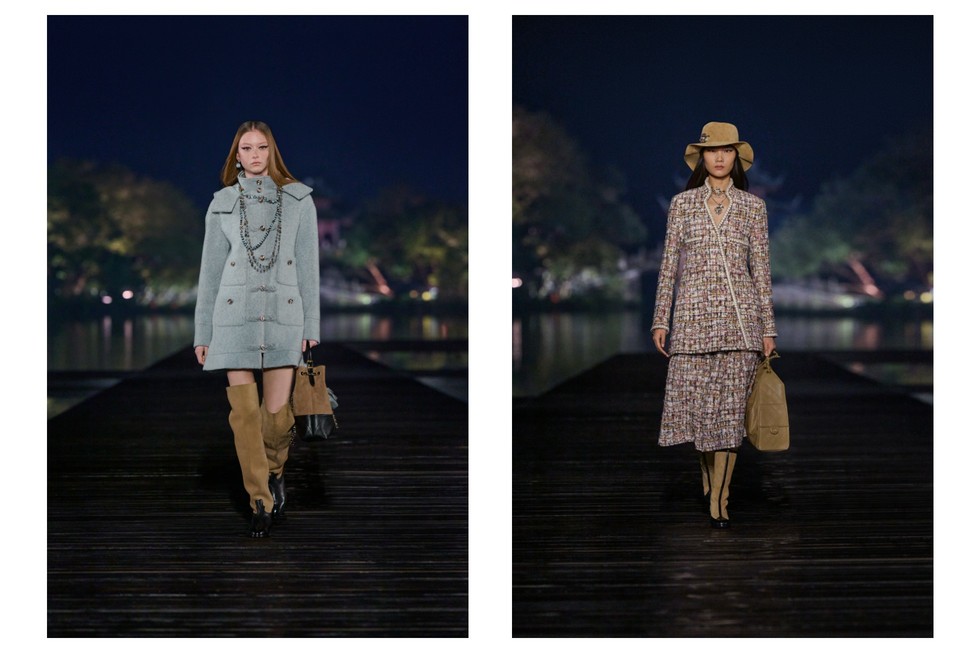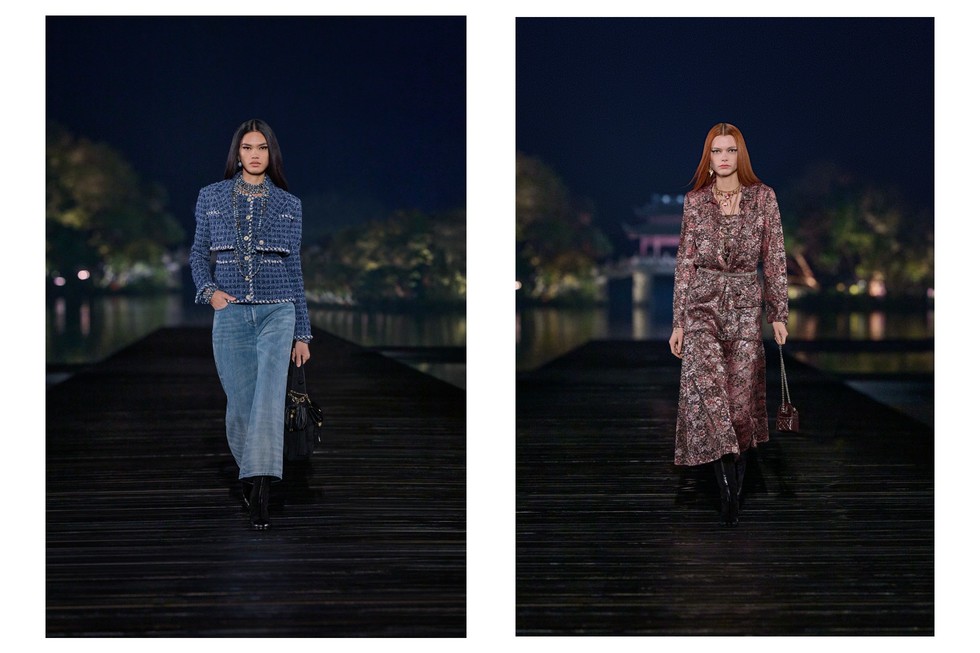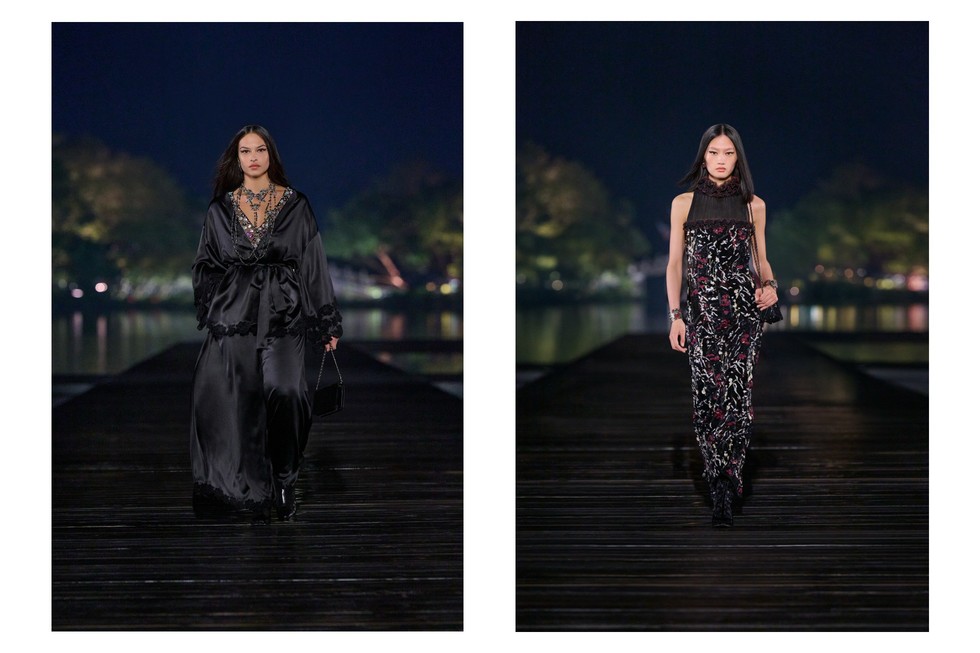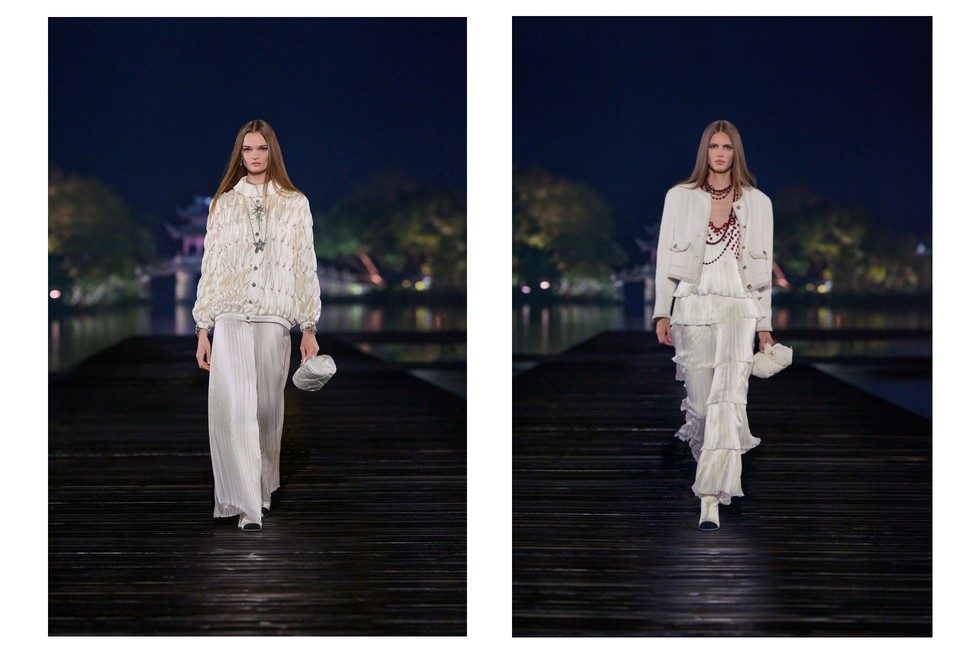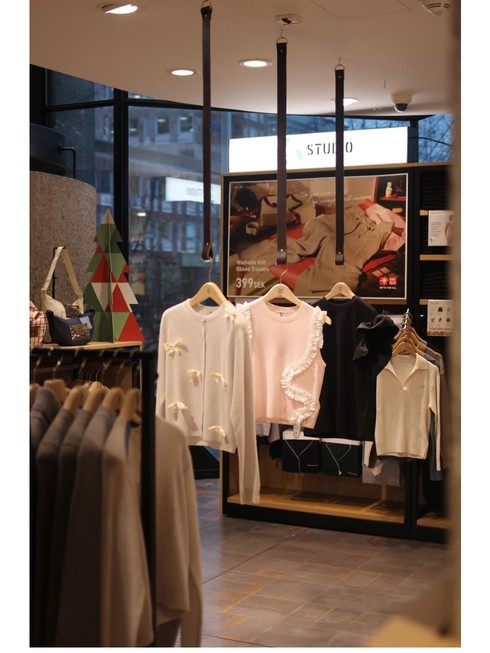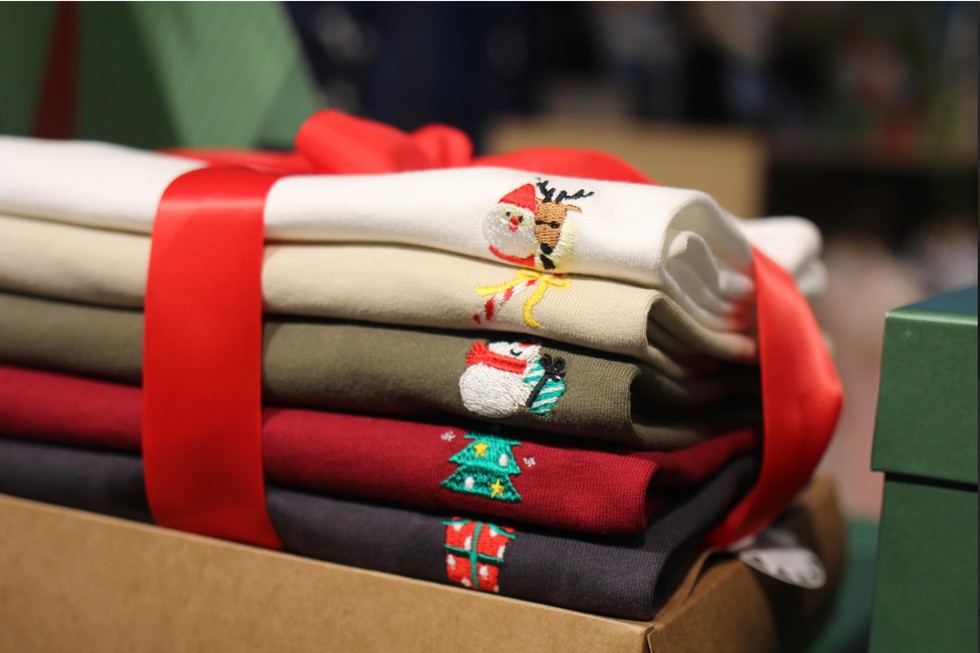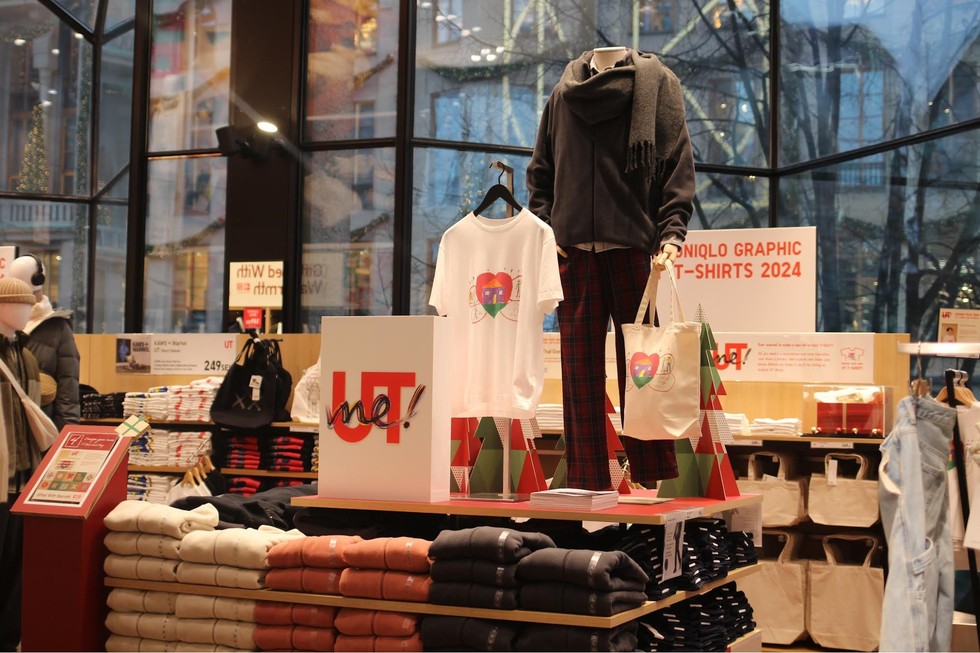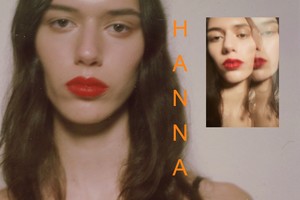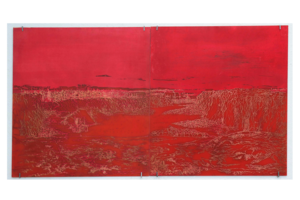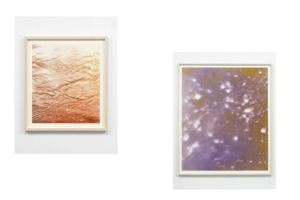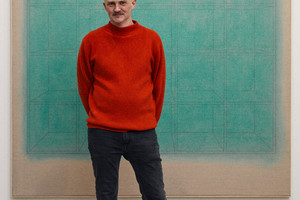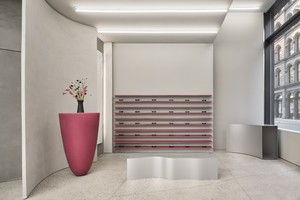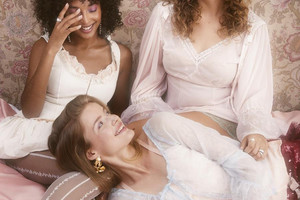Interview: Light Beyond Reality - The Ethereal Worlds of Sol Summers
Written by Jahwanna Berglund“Parhelion” is not just the title of this latest body of work; it is a gateway into an ethereal and mesmerising exploration of light, wonder, and myth. The series delves into the phenomenon of parhelia—commonly known as sun dogs—and uses this rare interplay of light and atmosphere to evoke a sense of the extraordinary breaking into the mundane.
In this interview, the artist Sol Summers discusses the inspirations and creative processes that shaped the series, drawing on everything from the paintings of Edvard Munch to the otherworldly beauty of desert landscapes. The work reflects a profound connection to nature’s fleeting, awe-inspiring moments, as well as a fascination with the idea of contemporary myth-making—placing the unexplainable and magical within the everyday.
From embracing new materials and techniques to reflecting on the cyclical nature of artistic exploration, “Parhelion” represents a significant evolution in the artist's oeuvre. Yet, at its heart, it maintains a consistent thread: a desire to distill life, energy, and emotion into each painting. Through this series, viewers are invited to pause, reflect, and perhaps find a mirror to their own sense of awe and discovery.
As “Parhelion” debuts at the Untitled Art Fair during Art Basel in Miami, Sol Summers hopes these works resonate on both a deeply personal and universal level, offering a transformative experience that lingers long after the moment of encounter. In the conversation that follows, we delve into the ideas, techniques, and inspirations behind this captivating new collection.
Jahwanna Berglund: “Parhelion” is an intriguing title. Can you elaborate on its significance and how it relates to the themes explored in this new body of work?
Sol Summers: “Parhelion” speaks to the idea of something strange and ethereal breaking through the everyday. It has this quality of otherworldliness that feels as though it belongs to myth rather than reality. I often think about how these phenomena must have struck people thousands of years ago – they must have dropped what they were doing and stood, staring at the sky with awe, maybe even fear. Back then, things like rainbows or eclipses sparked entire mythologies, stories about gods and cosmic events.
What I’m trying to capture in these series is light that defies explanation – light that forces you into a kind of magical thinking. That sense of wonder, of being momentarily untethered from the ordinary, is what I want these paintings to hold. Whether it’s an atmospheric phenomenon or a lens flare, these glitches of light bring a sense of wonder to the work. In a way, it’s a form of contemporary myth-making, placing something unexpected into a scene to disrupt its familiarity.
JB: What inspired you to focus on the atmospheric phenomenon of parhelia (sun dogs) in this series?
SS: It started when I saw a painting of the sun by Edvard Munch. It wasn’t just the sun itself – it was the way he painted light, how it radiated beyond the physical and became something emotional. That got me thinking about how light could be a subject in itself. One of the first paintings I made exploring this motif was of a nacreous, opalescent cloud, and that naturally made me curious about other atmospheric phenomena.
JB: Could you describe your creative process for this exhibition? Were there any new techniques or materials you experimented with?
SS:For me, the creative process is never just the act of painting. It’s everything around it – the staring at the wall, the restless pacing, the moments where you feel stuck, and the moments where you’re surprised by what you’ve done. It’s all part of it. A close friend once said to me, “Dentists don’t get dentist block.” That thought stayed with me, and for the past couple of years, I’ve always returned to it when I come up against creative blocks.
What was new in painting these series was the total absence of these blocks. Once I turned to nature for inspiration, it felt as though everything opened up. There was no hesitation. I saw more ideas than I could possibly paint in a lifetime. These works came to me quickly, almost effortlessly – not because they were easy, but because I was excited about them. That excitement carried me through.
I embraced an experimental approach, using every tool at my disposal: squeegees, plastic wrap, airbrushes, paintbrushes. I find that mixing up techniques and tools keeps me engaged with the paintings.
JB: How does these series differ from your previous works in terms of style and subject matter?
SS: At first, I didn’t see how these paintings connected to my earlier work. They felt like something completely new. But as I went deeper, I started noticing threads – colour, energy, that desire to pack as much life into a painting as possible. It’s all still there. You think you’re moving forward, only to realise you’ve been circling back the whole time.
The first cactus painting I ever made was almost seven years ago, right after a visit to the Huntington Gardens. Their cactus botanical garden floored me. It felt as though nature was experimenting with its own extremes. That memory stayed with me, quietly, until one day I found myself returning to it without even realising.
It’s like big cycles. Things you painted ten years ago suddenly resurface. Painting is always in the corner of your eye; that’s what this feels like. You think you’re chasing something new, but it’s been waiting there all along, half-hidden, just out of reach.
JB: Sun dogs are known for their ethereal and transient nature. How do these qualities manifest in your artwork?
SS: The sun dog is, at its core, a purely visual experience. That’s what drew me to it – its undeniable beauty. The way it transforms the sky, interrupts it, feels like something unrepeatable. But it’s also a symbol, and symbols are slippery things. They mean one thing to you and something else to me. How you arrive at them changes what they mean. What it represents to me might not be what it represents to you, and that’s fine.
For me, a sun dog represents the impossible breaking into the everyday. It’s a reminder that the world is strange and magical if you look at it long enough. That’s what I want my paintings to hold.
JB: What emotions or messages do you aim to convey to the audience through this collection?
SS: In preparing for this show, I spent a lot of time in the deserts of Nevada and Arizona. What struck me is that the desert isn’t just a place – it’s a mirror. It reflects who you are, shows you aspects of yourself you might not have seen before. I hope these paintings can serve a similar purpose for the viewer, allowing them to find something personal within the work – something that says as much about them as it does about the paintings themselves.
For me, the emotion that resonates most in this work is awe. When I was a kid, I would stand in front of massive landscape paintings in museums – works by artists like Kuindzhi or Friedrich – and feel something so profound I couldn’t name it. If I’ve managed to create something that evokes even a fraction of that feeling for someone else, then I’ve succeeded.





